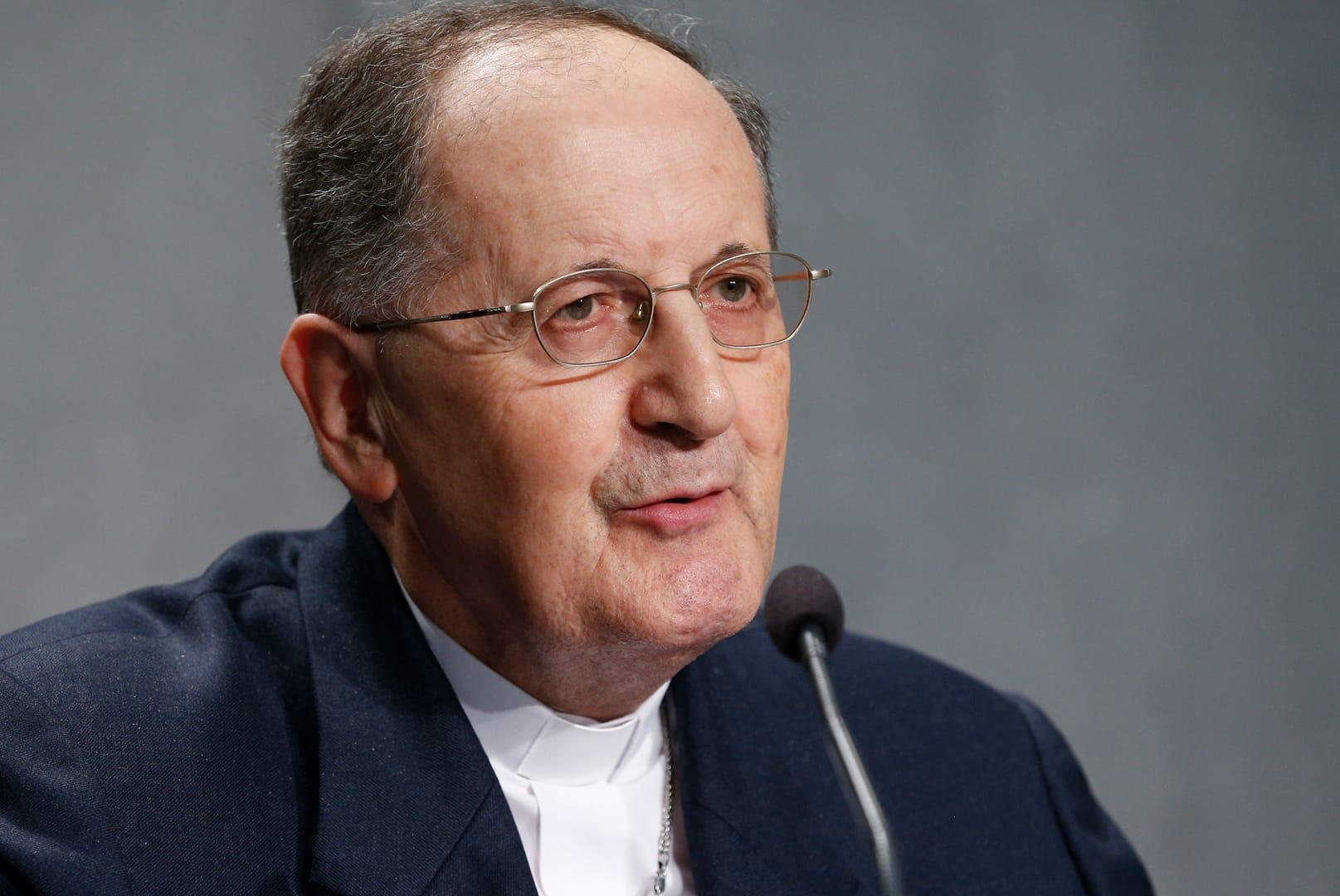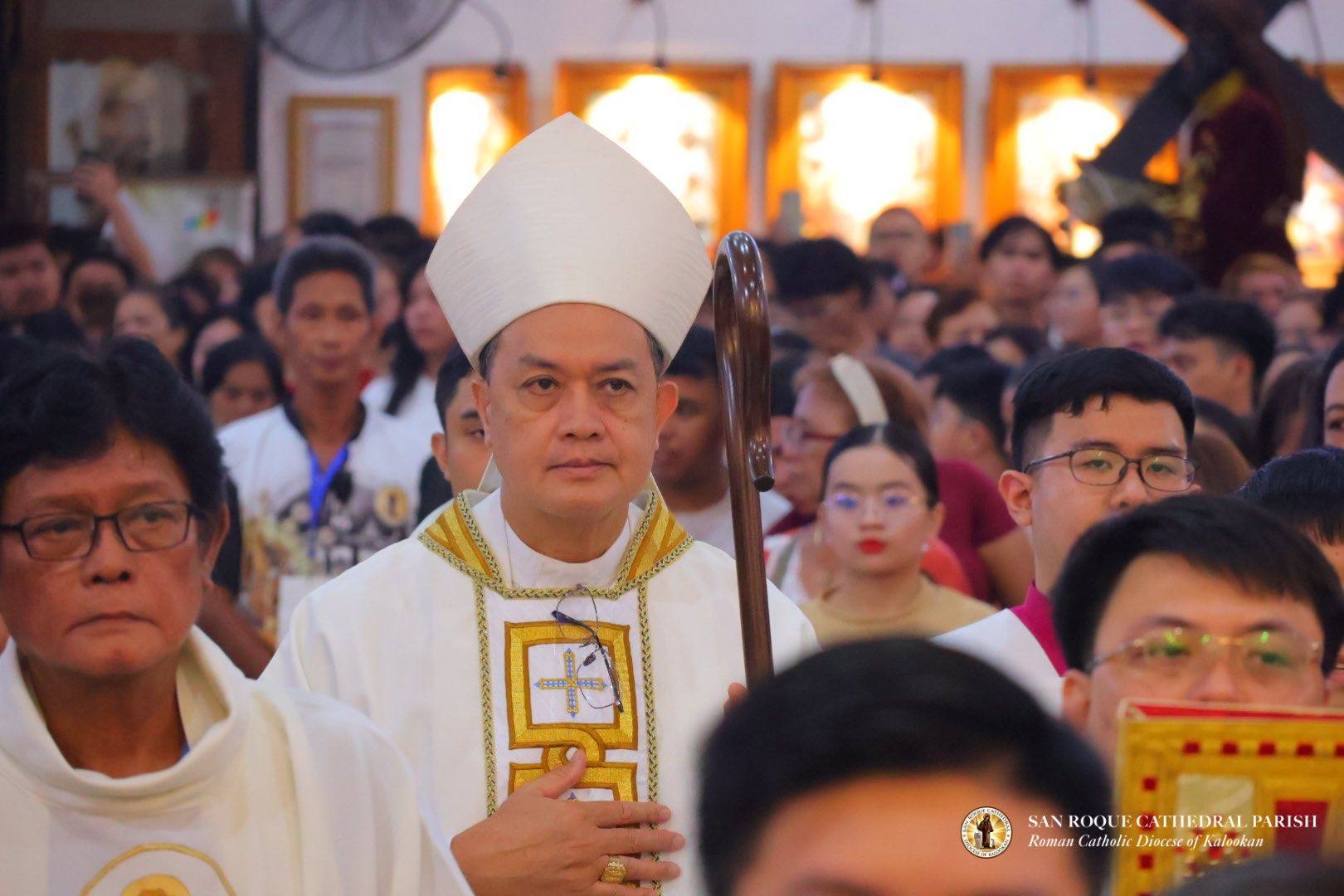ROME – Urging parish communities to abandon “outdated” models and to embrace what Pope Francis has styled as a spirit of “missionary evangelization,” the Vatican Monday issued a new instruction on the renewal of parish life.
Among other things, the guidelines caution priests not to “commercialize” the sacraments by charging fees, and they stipulate that financial difficulties within a diocese are not a legitimate reason for closing down parishes.
Titled “The Pastoral Conversion of the parish community in the service of the evangelizing mission of the Church,” the new guidelines were released July 20 and are an “instruction,” meaning they are a set of non-binding suggestions for the renewal of parish life.
Issued by the Vatican’s Congregation for Clergy, the instruction was signed by Italian Cardinal Beniamino Stella, as well as the secretary of the department, French Archbishop Joël Mercier. It also carries the signatures of the congregation’s secretary for seminaries, Mexican Archbishop Jorge Carlos Patrón Wong, and the undersecretary, Italian Monsignor Andrea Ripa. It’s dated June 29, the feast of Saints Peter and Paul.
According to the introduction, the new guidelines “represent a valuable opportunity for pastoral conversion that is essentially missionary.”
“Parish communities,” they say, “will find herein a call to go out of themselves, offering instruments for reform, even structural, in a spirit of communion and collaboration, of encounter and closeness, of mercy and solicitude for the proclamation of the Gospel.”
Referring to the modern context of parish life, the instruction notes that like many other areas of society, the digital world is changing the dynamics of parish life, which is no longer attached to its geographic location, but has increasingly reflected the dynamic of a “community by adoption,” where a person feels welcomed and nourished but did not necessarily grow up or which is not in their immediate area.
As a result, “any pastoral action that is limited to the territory of the parish is outdated, which is something the parishioners themselves observe when their parish appears to be more interested in preserving a nostalgia of former times as opposed to looking to the future with courage.”
Since parishes are no longer the main gathering places or social centers for local communities, it is necessary to find “new forms of accompaniment and closeness,” the instruction said, insisting that communities “should not be afraid to begin and accompany processes within territories that are host to diverse cultures.”
Pointing to the importance that shrines play in many people’s spiritual lives, the instruction called them a “precious instrument” which can strengthen communities. It urges pastors to organize more parish visits to shrines.
While led by a priest, a parish is a community and as such, any changes made must be done in consultation with the parishioners, the instruction said, insisting that “to remove ourselves from the life of the People of God hastens us to the desolation and to a perversion of ecclesial nature.”
To this end, it underlined the need to avoid the “clericalization of pastoral activity” by allowing laypeople to be “protagonists of evangelization” through different ministries, which should be allowed to mature and grow on their own.
Among other things, the document reiterates existing provisions in Church law allowing for deacons, religious and lay people to lead a Liturgy of the Word in conjunction with baptisms and funerals, but only in exceptional cases when a priest is unavailable.
Stressing the role of parishes in caring for the poor and in leading people to a free encounter with Jesus Christ, the instruction said there is a need, then, “not to ‘commercialize’ the sacramental life, and not to give the impression that the celebration of the Sacraments, especially the Holy Eucharist, along with other ministerial activities, are subject to tariffs.”
The instruction also touched on parish groupings when several need to be merged, and on expansions when a large parish might need to be divided into several autonomous entities. Non-legitimate reasons for suppressing a parish, it said, include a priest shortage and financial troubles in the diocese, as well as any other reason that is reversible and will likely be short-lived.
To be legitimate, reasons for suppressing a parish, according to the instruction, must be tied directly to the parish community rather than generic conditions, and they must not be “based solely ‘on principle.’”
“It would be “insufficient simply to refer to the ‘good of souls,’” it said.
In cases in which a parish is suppressed and cannot be maintained or repaired, the bishop is allowed, after consulting with the parish council, to reduce the church “to profane but not sordid use.”
The instruction stressed that the pastor is the head of his parish, and that his tasks cannot be assigned to a group of priests or laypeople, meaning that titles such as “team leader,” which imply joint governance of a parish, “are to be avoided.”
In order to maintain the stability of a parish, it was recommended that the assignment of the pastor be no less than five years.
The role of deacons was also touched on. Insisting that deacons should be neither clericalized nor undervalued and seen as merely “half-priests,” the instruction said the diaconate is a vocation which cannot replace a priest, but which assists them with several tasks, including administration, catechesis, charity, and some sacraments.
Emphasizing the importance of the role of the laity, the instruction said that laypeople in particular in the current context are called to “make a generous commitment to the service of the mission of evangelization, first of all through the general witness of their daily lives, lived in conformity with the Gospel, in whatever environment they are in and at every level of responsibility,” particularly within their parish.
In terms of parish finances, it was emphasized that priests “cannot and must not remain only at this task,” but that a pastor be assisted by a parish finance council, which serves as a consultative body with no less that three people, in addition to the priest himself.
A detailed annual report must also be compiled and presented to the bishop, before being presented to the parish community, the instruction said.
It was also suggested that parish collections be made anonymous, “so that everyone feels free to donate what they can, or what they think is just, without feeling an obligation to respond to an expectation or a price.”
Follow Elise Ann Allen on Twitter: @eliseannallen














